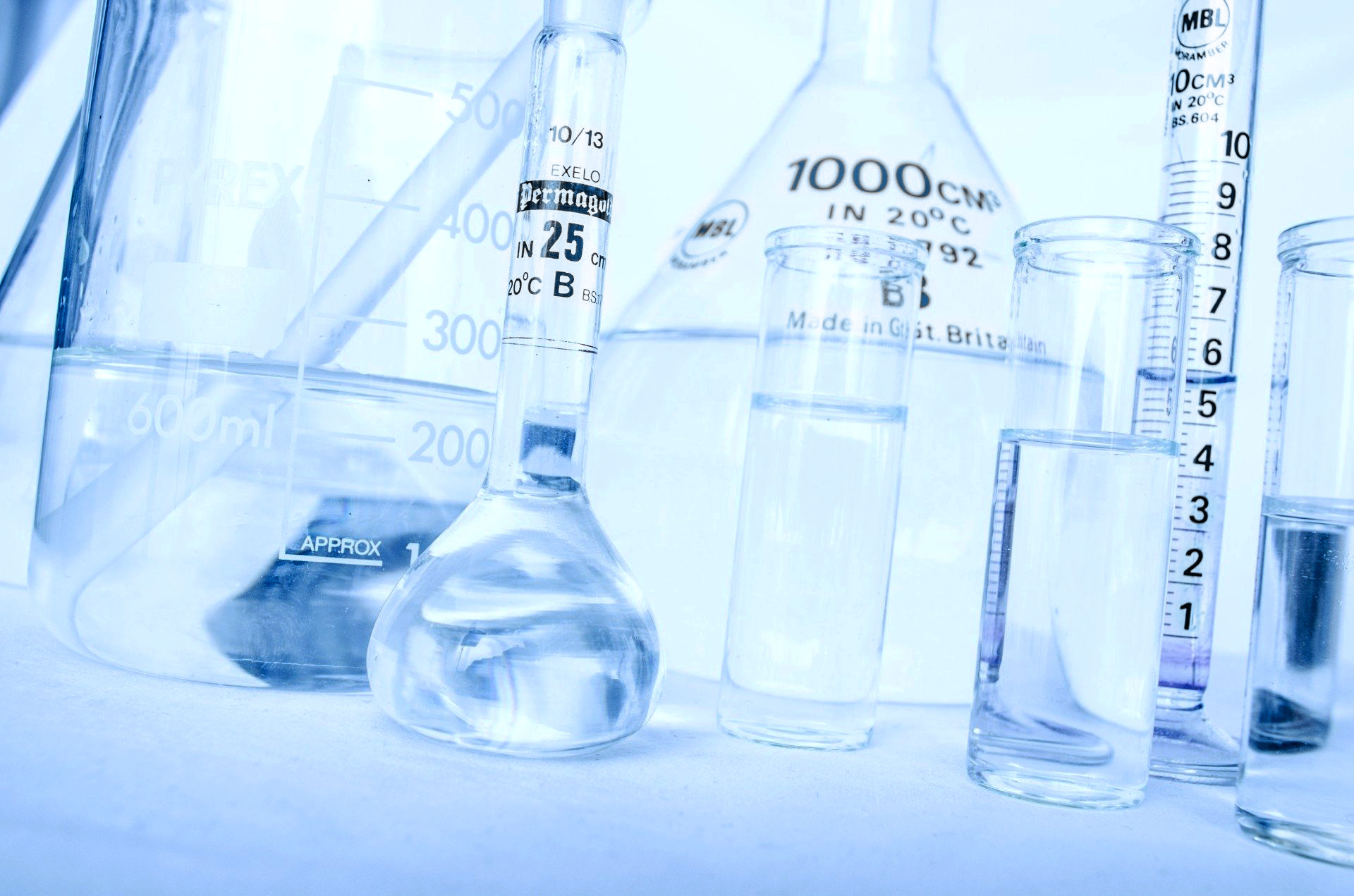What is corrosion by microorganisms?
 Microorganism influenced metal corrosion (MIC), or biocorrosion, is due to a chemical reaction between the material and an oxidant, usually oxygen and the H+ cation. Rust is the most common example of metal corrosion.
Microorganism influenced metal corrosion (MIC), or biocorrosion, is due to a chemical reaction between the material and an oxidant, usually oxygen and the H+ cation. Rust is the most common example of metal corrosion.
Many non-ferrous metals are susceptible to corrosion when in contact with air, soil or water, in the presence of a biofilm.
What are the consequences of biocorrosion?
For example, electronic equipment stored in humid and hot conditions can be attacked by fungi that produce an acidic substance. Special technical equipment is intended for use in tropical countries.
Water pipes may have a deposit of ferric hydroxide, which is sometimes caused by bacteria (Sphaerotilus or Galionella sp.).
Cooling towers are susceptible to degradation as well.
How does biocorrosion occur?
We can help you to detect if there is a risk of corrosion by looking for the presence of sulfate-reducing bacteria, thanks to the MICROTEST SR.


